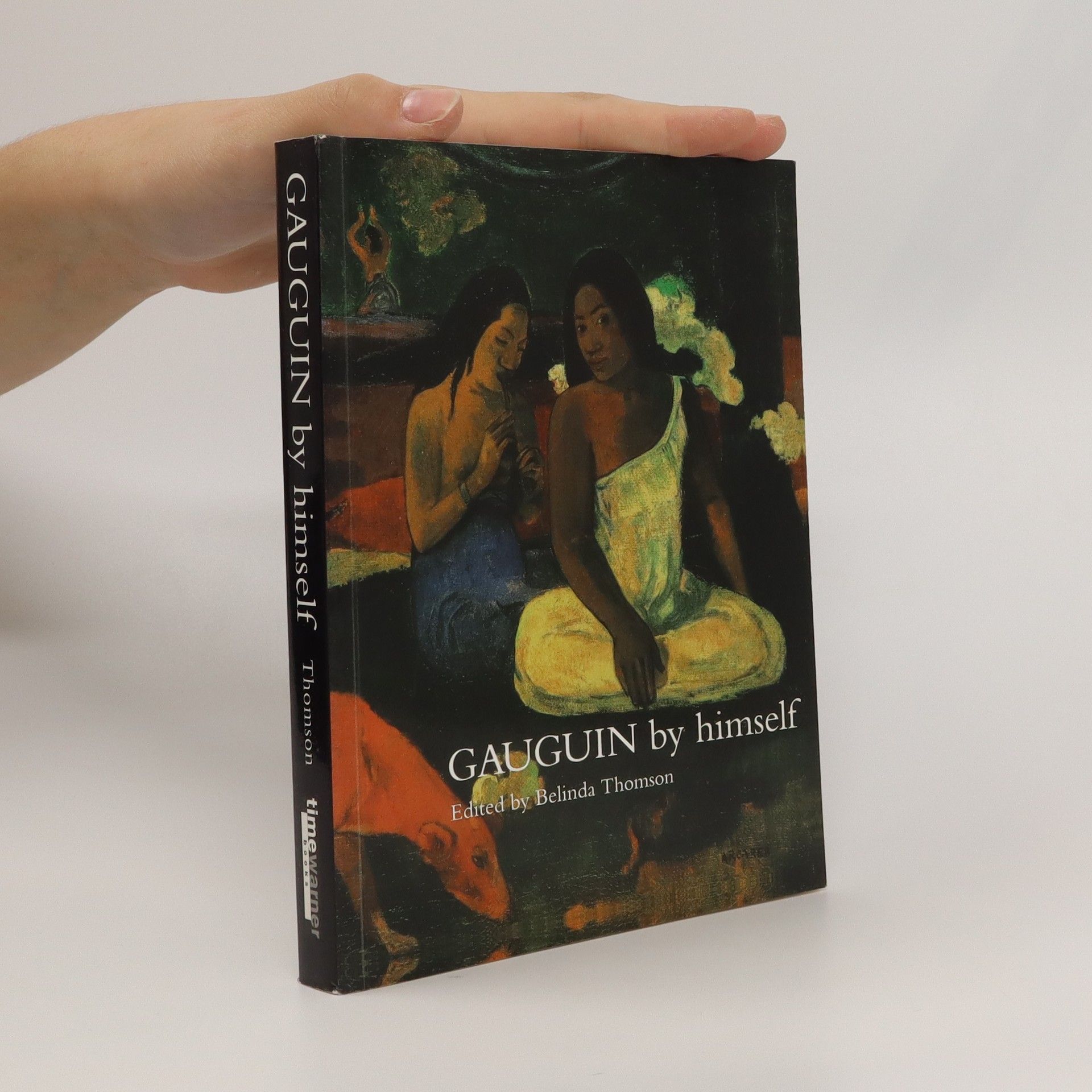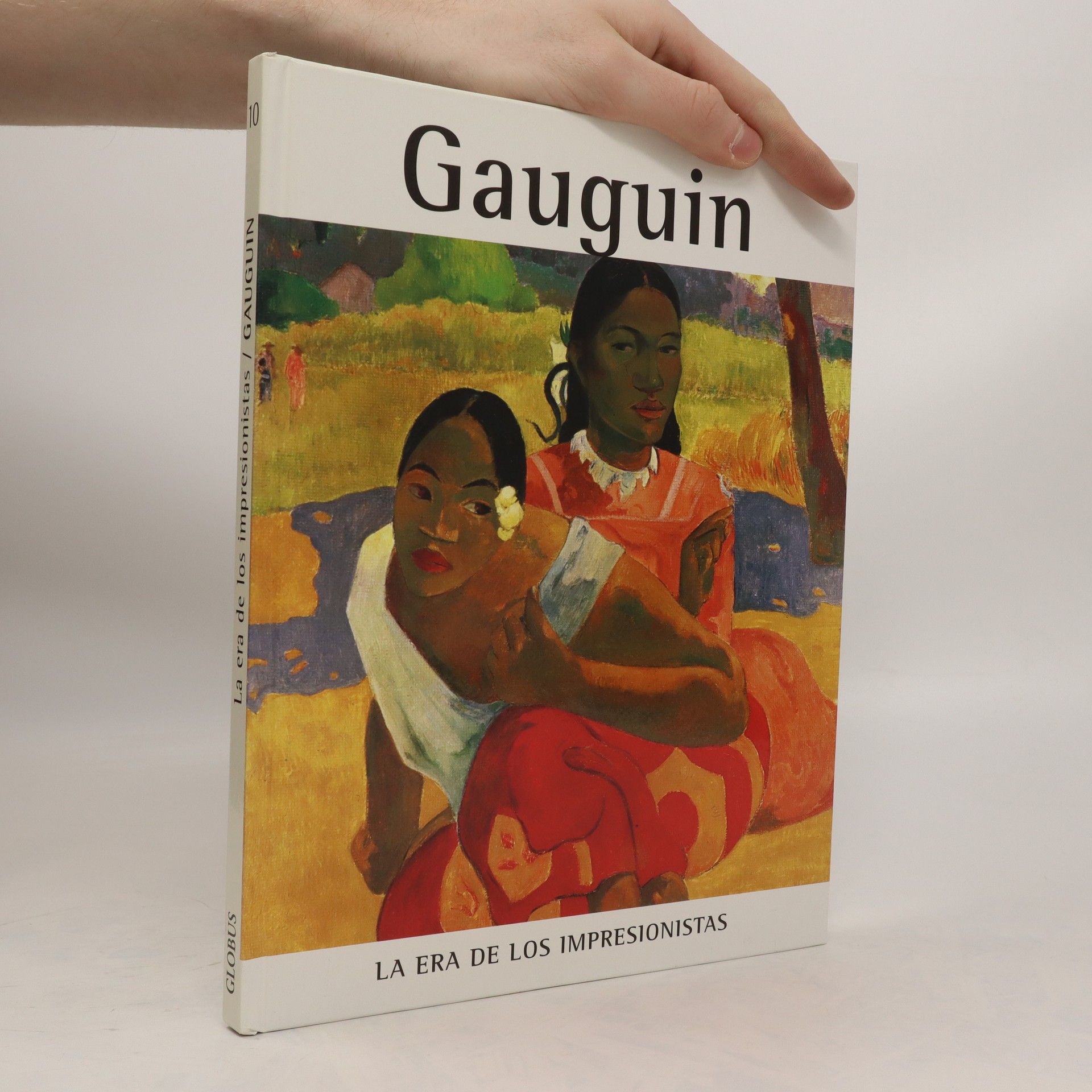Unsere Kalender sind auf umweltfreundlichem Papier gedruckt und vom FSC zertifiziert. 16-Monats-Kalender mit internationalen Feiertagen und den Feiertagen der wichtigsten Weltreligionen. Broschürenkalender - Fine Arts 30x30 cm (geöffnet 30x60 cm)
Paul Gauguin Libros
Paul Gauguin, inspirado por los impresionistas, abandonó una exitosa carrera financiera para dedicarse por completo al arte. En Pont-Aven, Bretaña, forjó un nuevo estilo conocido como Sintetismo, ordenando y simplificando los datos sensoriales hasta sus fundamentos. Su uso revolucionario del color por su poder emotivo en lugar de su capacidad mimética, aplicado en áreas amplias y delimitadas por contornos oscuros, influyó significativamente en los artistas de principios del siglo XX. Gauguin buscó el potencial expresivo en culturas rurales y "primitivas", lo que le llevó a Tahití, donde se esforzó por inventar y expresar su propia visión del mundo, entrelazando la mitología polinesia con elementos occidentales. Sus obras, incluyendo tallas en madera y gráficos, abordan cuestiones de vida, muerte y conocimiento, convirtiéndolo en una figura clave del Postimpresionismo.







Paul Gauguin's Intimate Journals
- 192 páginas
- 7 horas de lectura
Unappreciated in his own lifetime, Paul Gauguin (1848-1903) is now recognized as one of the giants of French postimpressionism and a pioneer of early modernism. A rebel in both art and life, he rejected his bourgeois upbringing and comfortable stockbroker's job to devote his life to painting. Eventually, dismayed by the "hypocrisy of civilization" and in search of a primitive idyll, he left Paris and took up residence in the South Seas, first in Tahiti and, later, in the Marquesas Islands. He would never return to Europe. In the final months of his life, he wrote this witty, revealing autobiographical memoir with the request that it be published upon his death. It first appeared in the original French in 1918, and was translated into English three years later. As his son Émile wrote in the preface, "These journals are an illuminating self-portrait of a unique personality. They bring sharply into focus for me his goodness, his humor, his insurgent spirit, his clarity of vision, his inordinate hatred of hypocrisy and sham."Wide-ranging and elliptical, these candid reflections reveal Gauguin's thoughts about many subjects, including frank views on his fellow artists back in Paris, his turbulent relationship with Van Gogh and the charms of Polynesian women, while providing glimpses into his often far-from-idyllic life in the islands. This beautiful facsimile reproduces the first American translation of the journals, a rare limited edition privately published in New York in 1921 for a select group of subscribers. With full-page sketches by the artist, these entertaining and enlightening musings give us a unique insight into Gauguin the man and the artist. Translated from French by Van Wyck Brooks (1886-1963)
Gauguin by himself
- 224 páginas
- 8 horas de lectura
Paul Gauguin in Soviet Museums
- 188 páginas
- 7 horas de lectura
Paul Gauguin : život a dílo
- 93 páginas
- 4 horas de lectura
Kniha předního českého historika umění, dlouholetého kurátora Alšovy jihočeské galerie v Hluboké nad Vltavou, je další z autorových titulů přibližujících čtenářům velké osobnosti francouzského malířství. Monografie Paula Gauguina nás seznamuje s dobrodružným životem malíře a významem jeho tvorby pro evropské výtvarné umění 20. století. Kvalitní tisk na křídovém papíře je doplněn 50 barevnými fotografiemi umělcových děl.



